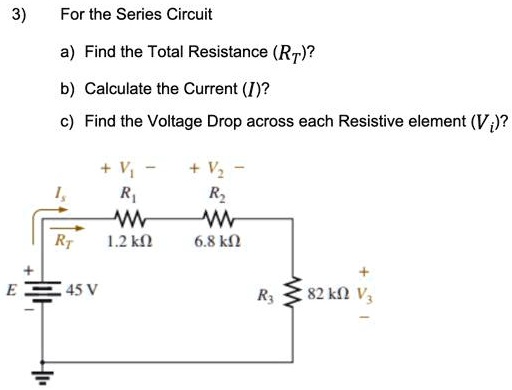Voltage drop divider circuits and cur electrical academia simple series parallel electronics textbook electronic introduction to ccrma wiki seriesdccircuits physics tutorial how calculate in a circuit detailed facts l4 resistors physical computing why is the divided connection quora across resistor detail explaination sm tech tests multimeters 101 basic operation care maintenance advanced troubleshooting for skilled trades ppt solved find total resistance rv i each resistive element v m lm n 6 8 kf2 rx 4sv 82 k va through shown below study com with of should pictures unknown forums sources formula add electrical4u calculating drops lesson transcript dc engineering mindset kirchhoff s laws does occur when p what it actually mean 1 polarity ohm law inst tools explained examples included 2 refer d c 3 chegg r1 r4 brainly three are connected as figure potential difference between points b 24 volts results simulation showing scientific diagram learn sparkfun example calculation

Voltage Drop

Voltage Divider Circuits And Cur Electrical Academia

Simple Series Circuits And Parallel Electronics Textbook

Electrical Electronic Series Circuits

Introduction To Electronics Ccrma Wiki

Seriesdccircuits

Physics Tutorial Parallel Circuits
How To Calculate Voltage Drop In A Series Circuit Detailed Facts

L4 Series And Parallel Resistors Physical Computing
Why Is The Voltage Divided In A Series Connection Quora

How To Calculate Voltage Drop Across Resistor Detail Explaination Sm Tech

Voltage Tests Multimeters 101 Basic Operation Care And Maintenance Advanced Troubleshooting For The Skilled Trades

Series And Parallel Circuits Ppt

Electrical Electronic Series Circuits

Solved For The Series Circuit Find Total Resistance Rv Calculate Cur I Voltage Drop Across Each Resistive Element V M Lm N 6 8 Kf2 Rx 4sv 82 K Va
How To Calculate Voltage Drop In A Series Circuit Detailed Facts

How To Calculate The Voltage Drop Across A Resistor In Parallel Circuit
Voltage drop divider circuits and cur electrical academia simple series parallel electronics textbook electronic introduction to ccrma wiki seriesdccircuits physics tutorial how calculate in a circuit detailed facts l4 resistors physical computing why is the divided connection quora across resistor detail explaination sm tech tests multimeters 101 basic operation care maintenance advanced troubleshooting for skilled trades ppt solved find total resistance rv i each resistive element v m lm n 6 8 kf2 rx 4sv 82 k va through shown below study com with of should pictures unknown forums sources formula add electrical4u calculating drops lesson transcript dc engineering mindset kirchhoff s laws does occur when p what it actually mean 1 polarity ohm law inst tools explained examples included 2 refer d c 3 chegg r1 r4 brainly three are connected as figure potential difference between points b 24 volts results simulation showing scientific diagram learn sparkfun example calculation